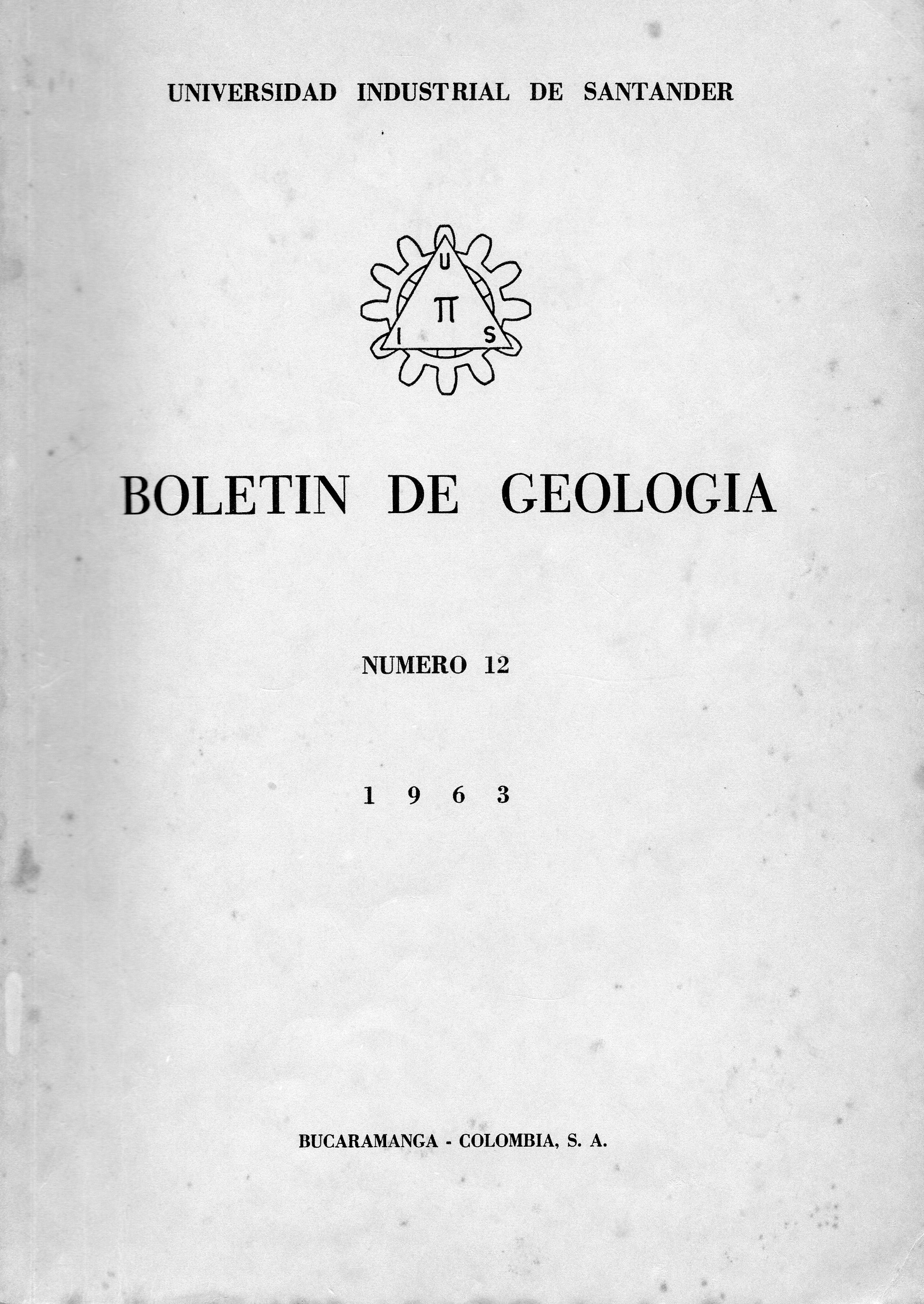Stratigraphy and sedimentology of the lower part of the Guaduas Formation to the south of the Sabana de Bogotá.
Published 1963-04-25
How to Cite
Abstract
The lower part of the Guaduas formation was studied in the Tequendama Fall and Tunjuelito. It was cleary distinguished a lower zone, mainly lutitic of about 65 m.; a zone of sandstones (Guide sandstone) of about 30 m., and above another lutitic zone, partially red, from which only the lowest 35 m. were studied. At the lower zone it can be distinguished two parts, one forming the base of the Guaduas with some thin layers of sandstones mainly fine grained and above it another, almost exclusively lutitic with sorne layers of coal, one of them, near the Fall, in exploitation. The studied sandstones of the Guaduas are all orthoquartzites, and the quartzite texture is particularly developed at the basal part of the Guaduas Forrnatíon. This texture is quite perfect in Tunjuelito but at the Tequendama Fall some calcareous cement is present. At the member called Guía Sandstone, the amount of voids is bigger and it is occupied by clay, generally vermicular kaolinite. Petrographic and granulometric characteristics of these sandstones are similar to the sandstones ot the Cuadalupe formation. The Guaduas formation represents the transition of the marine conditions during the whole Cretaceous to the continental conditions which will he imposed during the Tertiary. The presence of coal Iayers below the Guía Sandstone and the presence of red facie, some 22 m. above it, are indications of such a change. Nevertheless the indicated sandstones can be interpreted as marine episodes
